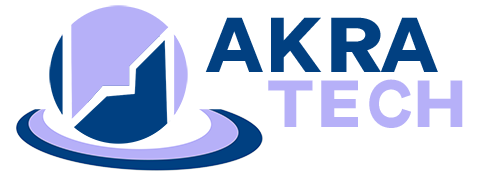Project Management Office architecture helps deal with project complexity
A PMO architecture is related to the many different characteristics of a wide variety of projects such as the degree to which the requirements of the project can be known, the amount of complex technology involved, the number of people and resources required, the overall size of the project, expected duration, strategic importance, and competing demands all contribute to project complexity. This complexity leads to other areas of PMO complexity, such as tool and application, process and methodology, and communications and collaboration complexity. Therefore, our PMO architecture is very important and useful because it provides the means of breaking down these areas of complexities into usable and manageable components.
Our PMO architecture provides the mechanism to instantiate components and tools relative to the processes for which they are used. Some of these components are function-driven, for example, how to develop and manage a project schedule. Other components are capability-driven such as how to communicate and collaborate with project team members. Other components are content-driven such as how to follow the project management process of the PMO.

The user layer represents the components of the PC desktop such as the operating system, applications, and browser. The user layer is the gateway for the workplace professional to all of the tools and applications of the enterprise.
The enterprise layer represents the information technology infrastructure and the vast number of applications of the organization.
The PMO layer, in essence, provides the PMO architecture for the organization and consists of four components; the project portfolio management (PPM) application component, the collaboration platform component, the desktop tools component, and the PMO content assets component.
- The project portfolio management (PPM) component of the PMO architecture is represented by applications and solution offerings provided by project management vendors of all shapes and sizes. Popular offerings, such as CA Clarity, HP PPM Center, Planview Enterprise, Primavera Evolve, etc.. represent the project portfolio management component of the PMO architecture. These application offerings provide capabilities and features for demand management, portfolio management, project management, resource management, financial management, methodology, workflow, and reporting. In addition to the well-known popular offerings typically covered by the market analysts, dozens of other vendors, both traditional software and software-as-a-service (SaaS) provide solutions for project portfolio management.
- The collaboration platform component of the PMO architecture is represented by vendor offerings such as Microsoft SharePoint. The ability to effectively communicate and collaborate is vital in today’s businesses. As such, rather than having multiple point solutions for collaboration, most organizations have an enterprise-wide strategy and platform for collaboration that enables users to create workspaces, share knowledge and information across departments and teams, and at the same time maintain IT control and security over the information assets.
- The desktop tools component of the PMO architecture is represented by the various PC tools and applications used by the PMO and the project teams. This includes standard PC desktop programs that most business professionals have such as those found in the Microsoft Office suites as well as project management scheduling tools like Microsoft Project and Niku Open Workbench and special purpose desktop tools like Visio and MindMapper. Collectively, the various PC tools used within the PMO and by those engaged in projects comprise the desktop tool component of the PMO architecture.
- The PMO content assets component is represented by the various knowledge assets of the PMO consisting of, but not limited to, processes and templates, policies and procedures, executive dashboards, metrics, scorecards, tips and techniques, and guidance and training. Content assets exist throughout the PMO and project teams whether effectively organized and used as a managed PMO methodology and best practice framework or ineffectively left scattered about the organization. Establishing PMO content assets as a component of the architecture is beneficial for a number of reasons. The content assets of a PMO are far more than just a methodology document and a set of project management templates. Rather, it is a framework that is easy to access, use, and manage that provides such things as project management processes and templates (PMBOK, SDLC, Agile), PMO processes (governance, portfolio management, continuous improvement), PMO policies (project type classification, team site, and document management, roles and responsibilities), management dashboards, and training and skills improvement assets.
The PMO architecture enables the required components to be placed, used in context, and continually refined and improved. It simplifies complexity and enables decision-making. It brings a sense of order to an environment of people, processes, and tools that often has many different tendencies. The PMO architecture enables the PMO content assets component, a component that many organizations have difficulty addressing effectively, to be placed and effectively used as a key driver of the usage of the other PMO architecture components and a key enabler of the PMO strategy
It is very important to have a PMO architecture-driven approach as the architecture provides integrated information management to the enterprise

Our PMO architecture helps build the many different components that make up the PMO and how those components relate and are linked by a common purpose. Components are all of the tools, applications, platforms, technologies, processes, and organizational knowledge that reside within or is available to the PMO.
Besides our architecture also provides the ability to implement continuous improvement, as there needs to be a way for the organization to incorporate and institutionalize the desired change. This requires modifying existing or implementing new processes and tools as well as effective communication of the changes. Without the PMO architecture to provide context and visibility into such things as processes and tools, it is extremely difficult to keep everyone on the same page.
